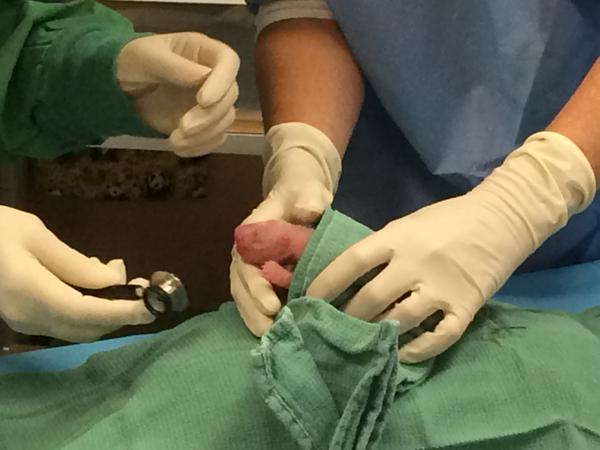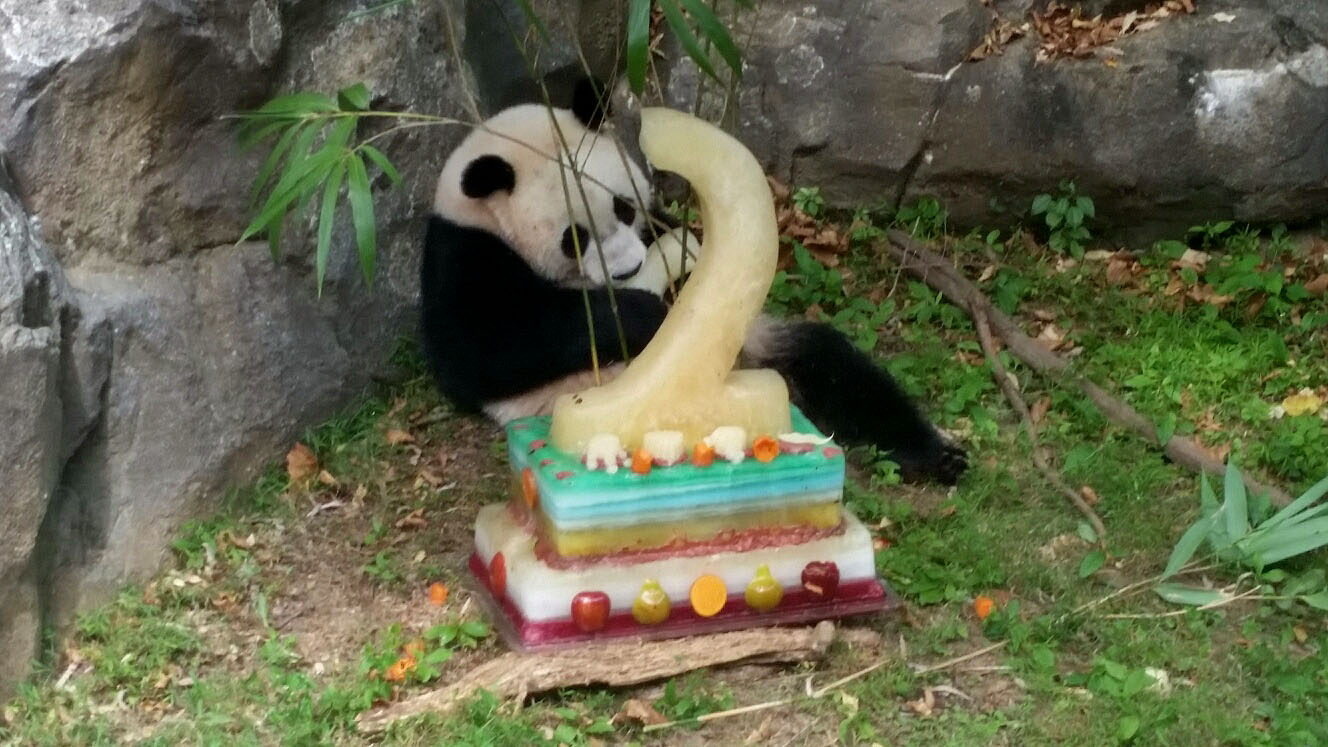WASHINGTON —- The National Zoo’s new baby pandas are doing well, the zoo says, but Sunday was “a challenging night” for the team taking care of them.
The zoo is alternating the cubs between nursing and spending time with their mother, Mei Xiang, and bottle-feeding them and keeping them warm in an incubator. But when it was time for the 11 p.m. Sunday switch-over, Mei Xiang wouldn’t put down the cub she was holding — the larger of the two.
The zoo’s staff took care of the smaller cub through the night, switching from bottle feeding to tube feeding when they were concerned the smaller cub wasn’t getting enough.
” We want both cubs to get an equal amount of mommy time and equal amount of nutrition. Moms are the best. So we want each cub to have the best opportunity to thrive with mom, but on a rotating basis,” says zoo Director Dennis Kelly.
Giant pandas give birth to twins approximately 50 percent of the time. But in the wild, there is evidence that only one typically survives. Giant panda mothers, which live off bamboo, don’t have the nutritional resources to support two cubs, which will grow from 4 ounces at birth to more than 100 pounds within the first year of life, Kelly says.
Scientists speculate that mother pandas choose to raise just one cub, he says.
Swapping the cubs will allow Mei Xiang to care for both twins, Kelly says, but with the help of modern veterinary techniques like incubators and special panda cub formula, which is made of human baby formula, water and puppy formula.
“We do know she’s a good mom. And when presented with a cub, she does her best to take care of it,” he says.
Zoo veterinarians will be watching to see if the cubs gain weight, maintain a normal temperature and vocalize — all signs of a healthy cub, Kelly says.
Although one of the cubs was a third larger than the other, they are both considered to fall with in a healthy weight range, he says.
“They are tiny and they’re fragile. It’s a very risky time for us here at the National Zoo as we try and raise these twins,” Kelly says.
Roughly 1,800 pandas remain on the planet and about 350 of those are in human care. Future generations of pandas being raised in captivity could one day be reintroduced to the wild to help preserve the species, he says.
DNA analysis will be conducted in the next few weeks to determine each cub’s gender and father.
WTOP’s Megan Cloherty contributed to this report






